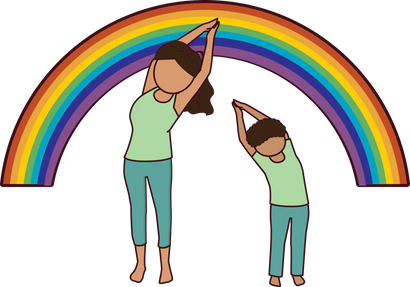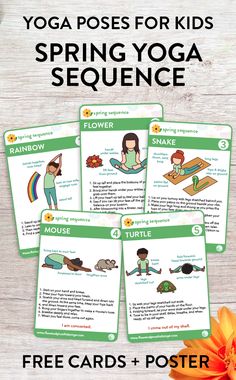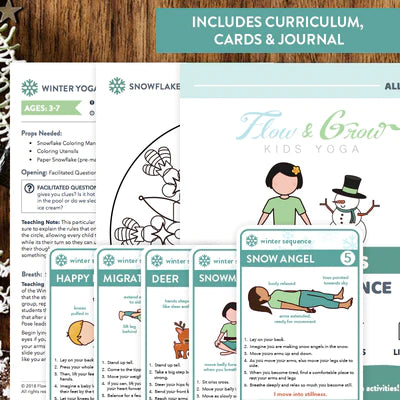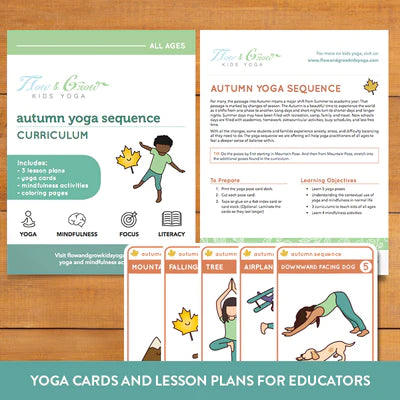Your Cart is Empty
22% off Automatically at checkout when you spend $5 of more!
22% off Automatically at checkout when you spend $5 of more!
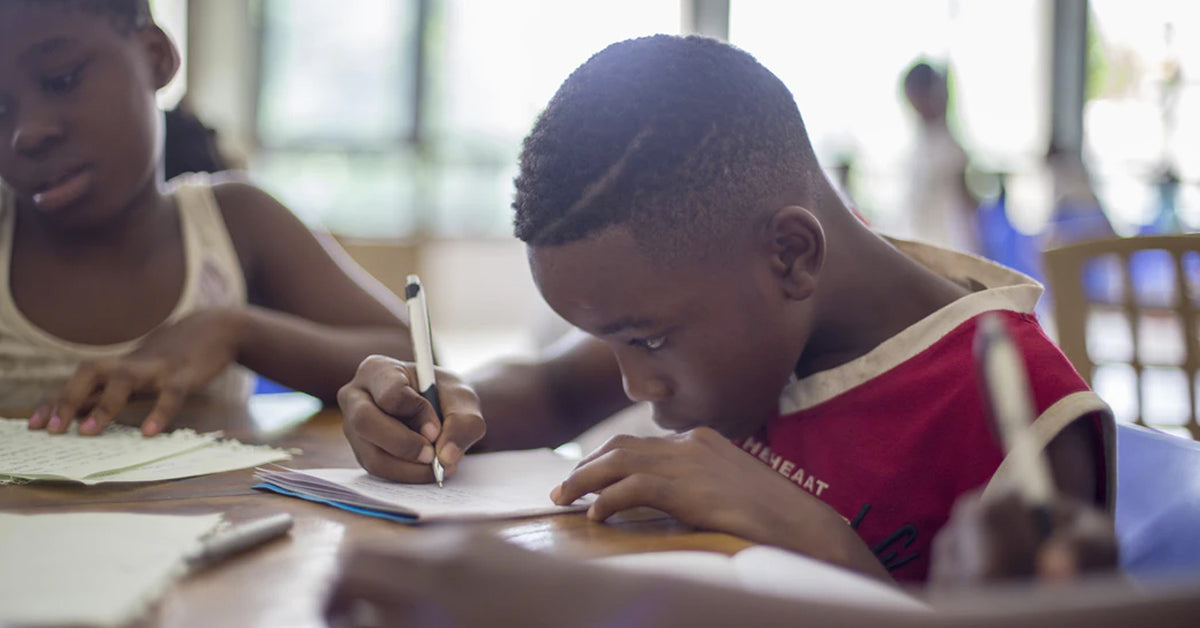
3 Simple Tips to Create a Mindful Classroom
by Nafeeza Hassan September 23, 2019 4 min read
Research tells us that “youth benefit from learning mindfulness in terms of improved cognitive outcomes, social-emotional skills, and well being. In turn, such benefits may lead to long-term improvements in life.”
As parents and educators, we can teach our students how to focus, be present, and how to be self-regulated learners. We can train students to nurture these qualities for success beyond the classroom!
Integrating mindfulness exercises in the classroom takes time, but it doesn’t have to be difficult.
With simple tools and strategies, we can teach students to calm their minds.
A calmer mind leads to a calmer and more productive classroom environment.

But how?
You don’t need to be a mindfulness practitioner or expert to transfer these skills to your students.
All you need is a plan for integrating effective tools and activities for mindfulness into your school day. This can be through mindfulness lesson plans, short mindful activities, or by simply bringing awareness of the present throughout the day.
Here are three simple tips on creating a mindful classroom:
1.) Create a mindful morning routine
Children benefit from routines. Routines set expectations, teach students about time management and establish healthy habits. Children relax into routine and predictable sequences of activities. That is why it is important for us to create routines in the classroom. Predictable routine = increased interest and participation.
Try integrating amindfulness routine every day in the classroom. All you need is 5 minutes a day!
Start each day with a mindful moment:
- After the children put away their things, ring a bell or chime and invite students to close their eyes (if they’re comfortable), and take a few deep breaths.
- During this moment, ask them to pay attention to their breathing and notice their feelings.
- Then give one minute for them to do a turn-and-talk or to share with the group.
By doing this every morning, you create an expected routine for students. Then, mindfulness will become more familiar to your students and they can develop their own mindfulness practice (we’ve had students say they practice this outside the classroom too!).
2.) Create a peace corner
A peace corner is an inviting place where students can go to calm down, relax and find peace. Here students can regulate their physical and emotional state. The intention of a peace corner is to support peace and inner calm by providing materials that encourage positive behaviors and mindfulness.
Reminder:the peace corner is not a time-out corner. Students should feel comfortable to go to the peace corner when they are feeling big emotions, need to take a break, or calm themselves (this teaches kids autonomy and self-regulation skills!).
Tips for creating a peace corner:
- Find a comfortable space.It does not necessarily need to be a corner, but an open space where students can visit freely in the classroom.
- Make it inviting! Decorate the peace corner with inviting and calming decor such as plants, books, pillows, and blankets. Natural lighting also helps. Hang up posters about emotions and positive affirmations.
- Add props that promote peace. Avoid over cluttering the space as this might be distracting. Try 4-5 props at a time and rotate them to provide new activities throughout the school year.
- Introduce the peace corner to students. Explain to them that it’s a safe place for them to visit when they are feeling overwhelmed, upset or need time to just be. Discuss good times to visit.
- Provide guidelines for the peace corner. Let students know how long they may stay there, norms on sharing the peace corner with other students, and rules about cleaning up after themselves. Writing these classroom guidelines together can be an engaging community activity.
What to include to your peace corner:
- Breathing Ball/Hoberman Sphere: for breathing exercises and play
- Sand timers:for students to set time limits in the peace corner
- Stuffed animals:for hugging or breathing exercises
- Yoga mats/blankets: for movement or resting
- Time for Me yoga cards:for calming yoga poses
- Mindfulness cards: for quick mindfulness activities
- Mindfulness jar:for mindful breathing and visual stimulation
- Books: for quick reading
- Mirror:for students to notice self-expressions
- Sensory toys: for students to play with, small sensory toys
3.) Gradually add mindful activities to your school year
If you’ve started with a mindful morning moment, that’s a great start! Students will become more comfortable with practicing mindfulness.
Try adding other mindful activities to your school day, such as breathing exercises, making mindfulness jars, taking pauses in the day, or going on outdoor mindfulness walks. These are perfect as brain breaks, transitional activities or as full lesson plans. Teachers who create a mindful classroom give students the tools to help with attention and focus with care.
If you are looking for activities to integrate mindfulness into the classroom, we’ve created the perfect resource for elementary teachers: How to Integrate Mindfulness in the K-5 Classroom.
In this manual, teachers will find information on what is mindfulness and how to teach mindfulness to young kids. Also included are instructions for ready-to-use mindful activities such as breathing, reflective exercises, mediations, and movement. We also include six mindful cards you can place in your peace corner!
We’d love to hear how you plan to integrate mindfulness in your classroom this year! Comment below or follow us on Facebook to join the conversation!
Leave a comment
Comments will be approved before showing up.
Also in Kids Yoga Blog

How Social and Emotional Learning and Yoga Help Kids Breathe Through Big Emotions
by Kane SEO April 21, 2025 4 min read
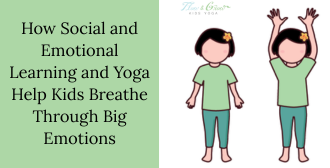
How Social and Emotional Learning and Yoga Help Kids Breathe Through Big Emotions
by Kane SEO April 14, 2025 4 min read
In classrooms and communities around the world, educators and parents alike are placing a growing emphasis onsocial and emotional learning. And for good reason: helping children understand, manage, and express their emotions in healthy ways is just as critical as teaching them to read or do math.

Power of Yoga for Kids: How It Helps Them Grow, Focus, and Thrive
by Kane SEO March 25, 2025 5 min read
In today’s fast-paced world, children are often exposed to stressors from a young age, whether it’s academic pressure, social challenges, or the overwhelming influence of digital devices. This can impact their physical, mental, and emotional well-being.
Ultimate Kids Year of Yoga Bundle
bundlespricey-contentdigital-resourcesearly-childhood-yoga-mindfulnesselementary-yoga-mindfulnesskids-yoga-resourcesmiddle-high-school-yoga-mindfulnessseasonal-yogayoga-cards
Ultimate Kids Year of Yoga Bundle
5 reviews
5.0 / 5.0
(5) 5 total reviews
$45.00
Ultimate Kids Year of Yoga Bundle
5 reviews
5.0 / 5.0
(5) 5 total reviews
$45.00
Kid’s Sun Salutation Yoga Cards
digital-resourcesearly-childhood-yoga-mindfulnesselementary-yoga-mindfulnesskids-yoga-resourcesliteracyunder-15yoga-cards
Kid’s Sun Salutation Yoga Cards
3 reviews
4.33 / 5.0
(3) 3 total reviews
$10.00
Kid’s Sun Salutation Yoga Cards
3 reviews
4.33 / 5.0
(3) 3 total reviews
$10.00
Yamas and Niyamas: Successful Relationships with Self & Others (tweens and teens)
pricey-contentdigital-resourceskids-yoga-resourceslesson-plansmiddle-high-school-yoga-mindfulnessmindfulness
Yamas and Niyamas: Successful Relationships with Self & Others (tweens and teens)
2 reviews
5.0 / 5.0
(2) 2 total reviews
$49.00$55.00
Yamas and Niyamas: Successful Relationships with Self & Others (tweens and teens)
2 reviews
5.0 / 5.0
(2) 2 total reviews
$49.00$55.00
